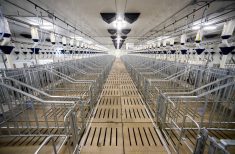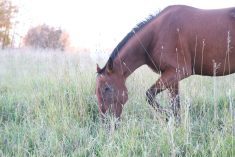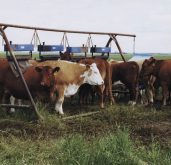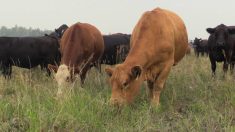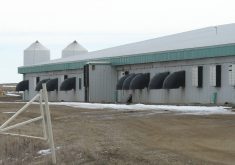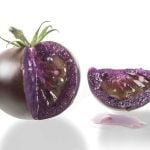As I reach the twilight of my veterinary career, I occasionally pause to reflect. I can more clearly see all sides of the industry and understand different perspectives, including the views of veterinarians and producers.
Technology often helps make us more efficient and quantify our decisions, but staying on top of it is not easy. Research in the cattle industry is ongoing, so watch for information on improvements. Use of professionals in veterinary medicine and genetic selection, nutrition, breeding, hoof care, animal welfare and marketing will be a mainstay in the future.
That means you’ll need to develop a good resource list and use the great materials available for new production techniques and pharmaceutical advances. Advertising restrictions have been put on pharmaceutical prescription products, so information has to come from your veterinary provider.
Read Also
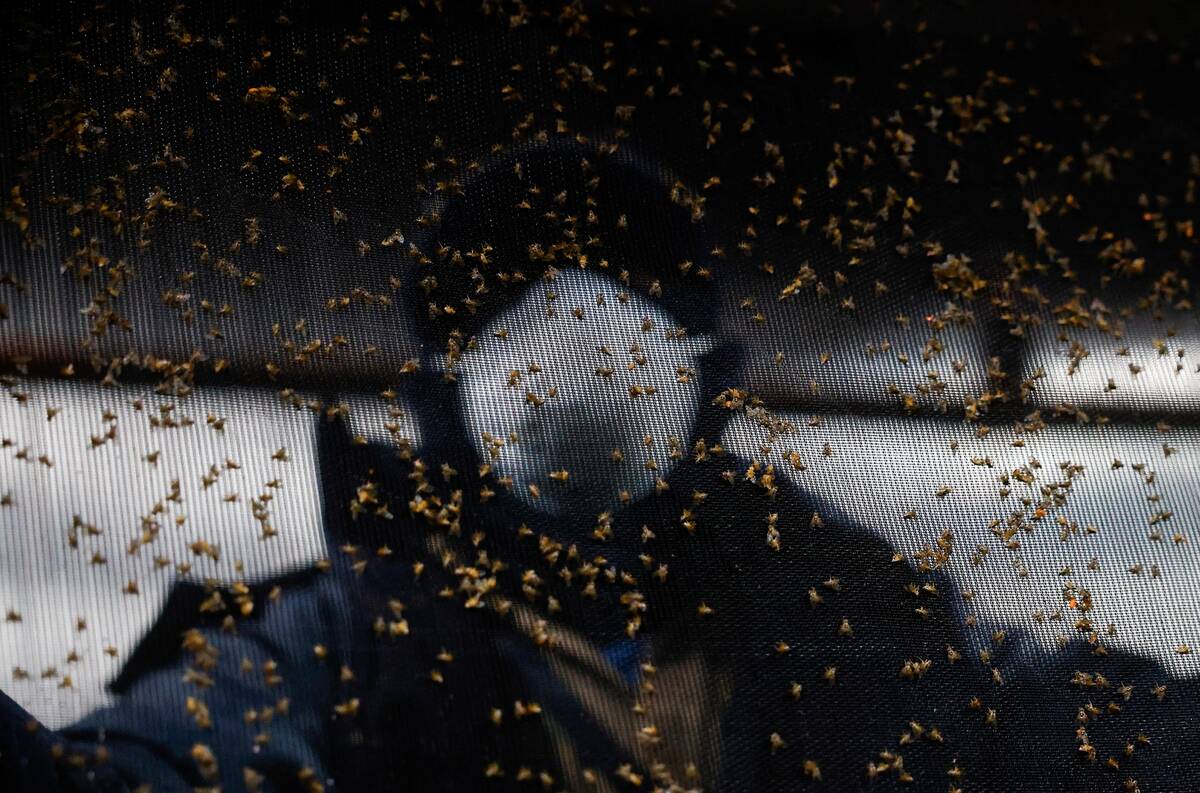
Canada too cold for New World screwworm
New World screwworm is closing in on the U.S. from Mexico, but the deadly livestock parasite isn’t likely to dig a surviving population in Canada, even if the fly species sneaks over the border.
I worry that, if veterinarians don’t keep up in certain circumstances, how will producers know the latest developments? This is where reading sales catalogues, farm press and producer group information can give you insight. You should also find a veterinary practice that stays current.
Individual animal medicine is still greatly needed, because of the animal welfare component and due to the high value of individual animals. Herd medicine can directly reflect the individual cases you see as a producer.
We try to save every animal, but if deaths occur, I can’t overstate the value of postmortems. Even if one knows it was pneumonia, the type of pneumonia, the causative agent and a culture can be valuable to your operation.
For the purposes of beef quality assurance, we have the ability to remove almost all intramuscular shots in beef cattle production. I have heard that the few intramuscular products still on the market can either be substituted or have been used subcutaneously by some veterinarians with no ill effects and good efficacy.
If one looks at scours vaccines, one of them is approved on the label subcutaneously, and the other two are often administered with shorter and heavier gauge needles to prevent bending. The only change is possibly slightly longer withdrawal times of 21 days for water-based vaccines and longer for oil-based vaccines.
We rarely run into withdrawal issues because we’re giving a preventive. Unless there’s some type of injury, slaughter is not in the near future. In the case of scours vaccines, they are given to pregnant breeding stock, so there’s no desire to send these animals to town. That is why you wait until there is confirmed pregnancy before vaccinating.
We have very few needle breakages, and getting away from intramuscular shots can pretty much eliminate the possibility. Better single-use darts for dart guns also eliminates this possibility.
I recently heard a presentation by another veterinarian stating that ADE is fat-soluble so it is readily absorbed subcutaneously. That’s good news, because it was always difficult to give because it was thick and required intramuscular injection. It is seldom used anymore, but in certain drought conditions, we see its use again. We also see new mineral-based products approved for subcutaneous usage.
The prostaglandins, such as estrumate and the generics, used for synchronization, have intramuscular on the label, yet many American veterinarians use it subcutaneously. It has a short half-life and we need it to quickly be effective, so for me, the jury is still out. I would not recommend it subcutaneously. But almost all shots are given in the neck area, so producers have adapted well over the years.
More products are also being given orally or as pour-ons. Intranasal vaccines also eliminate a needle and with today’s modern chutes, they are easier to administer. Handling systems have improved such that injuries are rare, and prod use has been drastically reduced — all great signs for the cattle industry.
Some extremely good handling systems slow the cattle using sliders or bifold doors. Working cattle is then enjoyable and safe, with less stress on workers and on cattle.
Greater use of the NSAIDs addresses animal welfare issues and new products such as DeStress, which is a feed or water additive, or FerAppease, which is a pour-on, greatly reduce animal stress. That leads to better health outcomes, less shrink and fewer handling issues.
These sorts of advancements are changing the course of the cattle industry. We all need to tell the public this great feel-good story of how cattle are raised on the Prairies.




